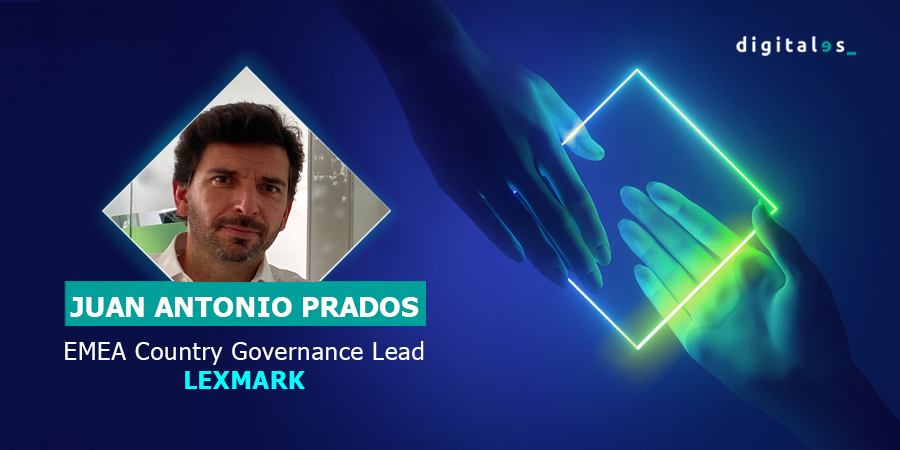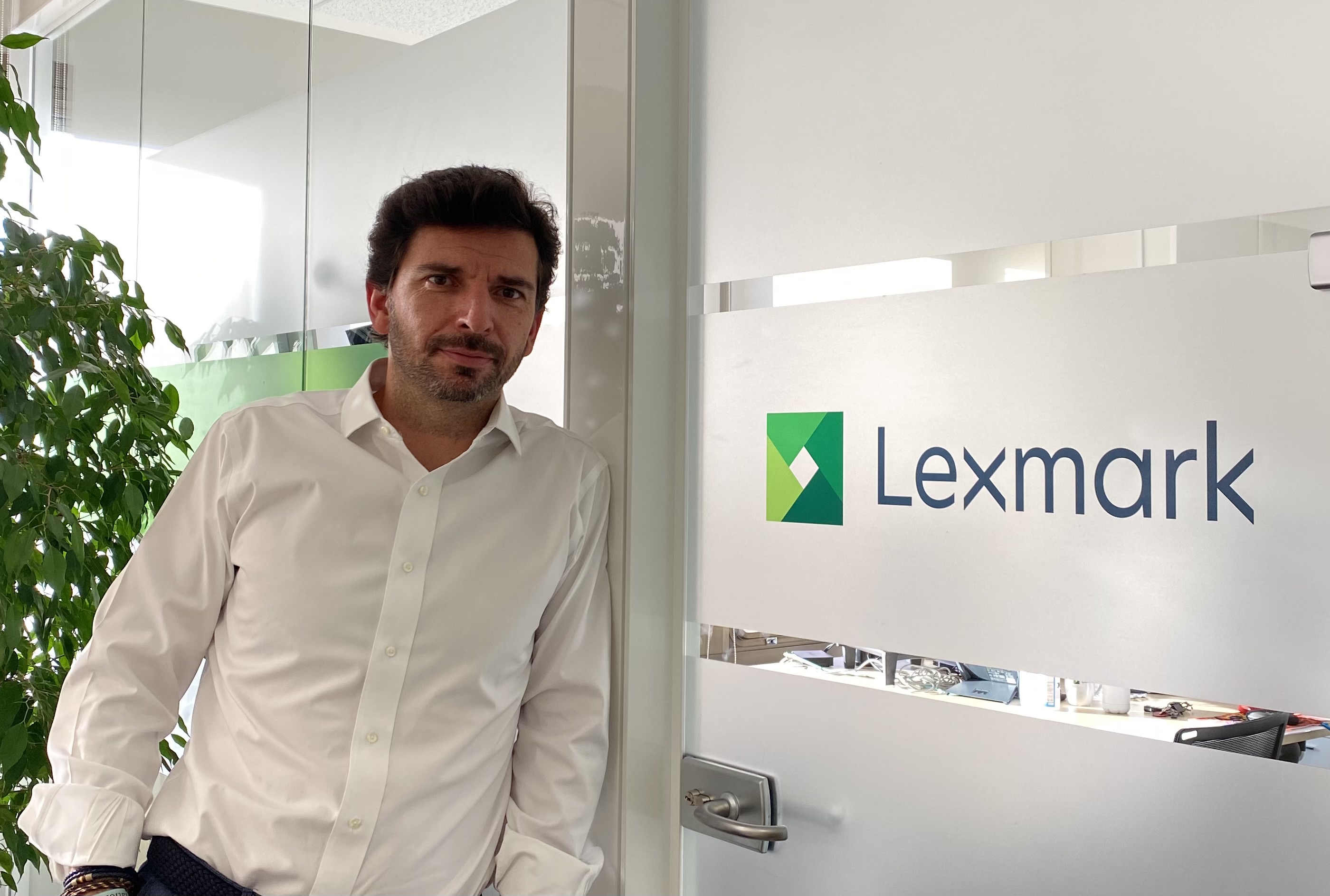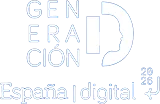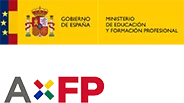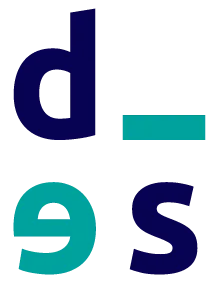17/03/2022
CRACKS of technology’ is a weekly series of interviews, through which we want to give voice to those IT professionals who are absolute geniuses of technology in Spain. We want to hear from them, to know and recognize the work they do in these companies; to know what they are passionate about and what advice they have for those who will come after them.
In this interview we will understand how a company dedicated to printing becomes a benchmark in sustainability. Lexmark has been able to integrate the elements of circular economy, waste reduction and sustainable consumption into its business model. In fact, environmental care has been part of its ‘DNA’ for several decades.
Who better to talk about all this than Juan Antonio Prados, finance and head of governance at Lexmark for the entire EMEA region (Europe, Middle East and Africa). It was he who most intensely claimed at COP25 the work done by the digital industry to curb climate change, and currently also leads the line of work of DigitalES Sustainability.
Juan Antonio Prados, EMEA Country Governance Lead, Lexmark.
Q.- Lexmark was born as a spin-off from IBM in 1991. How has the understanding of sustainability evolved since then?
A.- Actually, for a company like Lexmark, the biggest change has been dialectical. We were doing circular economy before we all called it that! Sustainable actions such as printer refurbishment and ink cartridge recycling have accompanied the brand since 1991. Of course, over the years and with the improvement of technology, we have been able to recycle an increasing percentage of the plastic in the cartridges, reduce the volume of water or increase the weight of renewable energies in the manufacture of the machines. Social awareness has also increased significantly, both among customers and our own employees.
You could say that we have always been a green company, but now we are more aware of it. In fact, one of the pillars of our corporate strategy is to achieve carbon neutrality by 2035. By 2025, we will reuse more than 50% of plastics – we are already above 40% – and recycle more than 80% of cartridges, among other objectives.
“Lexmark has always been a ‘green‘ company, but now we’re more aware of it.”
Q.- Unfortunately, Spain is a country that continues to generate an enormous amount of electronic waste every year. What is Lexmark doing to help reduce this waste?
A.- First of all, Lexmark takes care of the collection and treatment of all its equipment, toners and consumables. In this sense, we are reaffirmed and proud that the new laws coming from Brussels go in our same direction. In the heat of these regulations, a market for refurbished electronic products will be generated that could reach 30 billion euros by 2030, where Lexmark may have a competitive advantage.
However, I would like to point out that it is not always the person who recycles the most who is more sustainable, but the one who generates the least waste. In this sense, at Lexmark we design the equipment with ‘planned durability’ [en contraposición a la ‘obsolescencia programada’]. The challenge for a financier like me is to find the balance between this high durability of the devices and the economic sustainability of the company, in a context where less and less is being printed.
Q.- Do you think there will come a day when we will no longer print?
A.- I don’t think we will go to that extreme, although we are aware that the volume of paperwork, brochures or invoices that need to be printed will continue to fall. We accept that and we want to be part of that change. Paradoxically, we have always urged our customers to print. bestno more. We audit your document management needs, identify where inefficiencies occur and make a proposal on a flexible contracting model.
In parallel, there are other document needs that will continue to rise, such as scanning and digitization of documentation, and of course all the management of digitized information. At first glance it may seem like the opposite of printing, yet companies like Lexmark can offer a wealth of knowledge on how to manage all of these processes efficiently.
Q.- Do you think Spanish companies are aware of the business opportunity that good document management represents?
A.- I would say yes, although it is something quite recent… In my opinion, for many years printing and multifunctional machines were perceived as an accessory, with no strategic value, like pens or stationery available to employees. This was probably because the contracts were for small amounts, compared to the cost of other IT equipment. With the first audits came the surprises, because for some companies printing and copying can be a very high annual cost. Not to mention the reputational risk of information loss…
At Lexmark, we strive to ensure that our customers understand technology as a business enabler with a clear return on investment. We want them to be aware of the efficiency that different innovations can bring them and that they can use them to build the organizational model they will need in the coming years.
“We want customers to understand technology as an element at the service of their business and with a clear ROI.”
Q.- From a technological point of view, what trends are going to have the strongest impact on the printer business?
A.- If I had to highlight one, it would be the Internet of Things (IoT). It is about, for example, incorporating sensors so that printers interact with other devices, which can be added to the same network in which the fleet of printers is managed, capturing, processing and analyzing data, essential for the management of our customers’ operations.
On the other hand, through IoT we optimize the actions of our technical service, which automatically receives alerts of breakdowns or empty toners. After all, if IoT is going to be the basis for the economic and environmental sustainability of any industrial and commercial process, why shouldn’t it also be the basis for our processes?
It may not be recognized enough, but there is a lot of high-precision technology behind a printer, and a lot of research and development behind an ink cartridge. It’s a business that, once you get to know it, grabs you.
“There’s a lot of high-precision technology behind a printer, and a lot of R&D behind an ink cartridge.”
Q.- We cannot end this interview without referring to the difficult times we are living through: when we are finally starting to recover from the 2008 crisis, a pandemic arrives, which triggers a bottleneck of semiconductors and other raw materials, which worsens in 2022 with the war in Ukraine?
A.- Undoubtedly, we are living in difficult and uncertain times. We talked earlier about how Lexmark ‘s proactive approach to sustainability has helped us stay ahead of legislation. Now, this proactive adoption of IoT and process efficiency is making us resilient to chip shortages.
But, above all, I would like to highlight the attitude of the team working in the company. We have been through some difficult years, but despite this, the team has continued to give its best. Thanks to them, I still learn something new every day.


